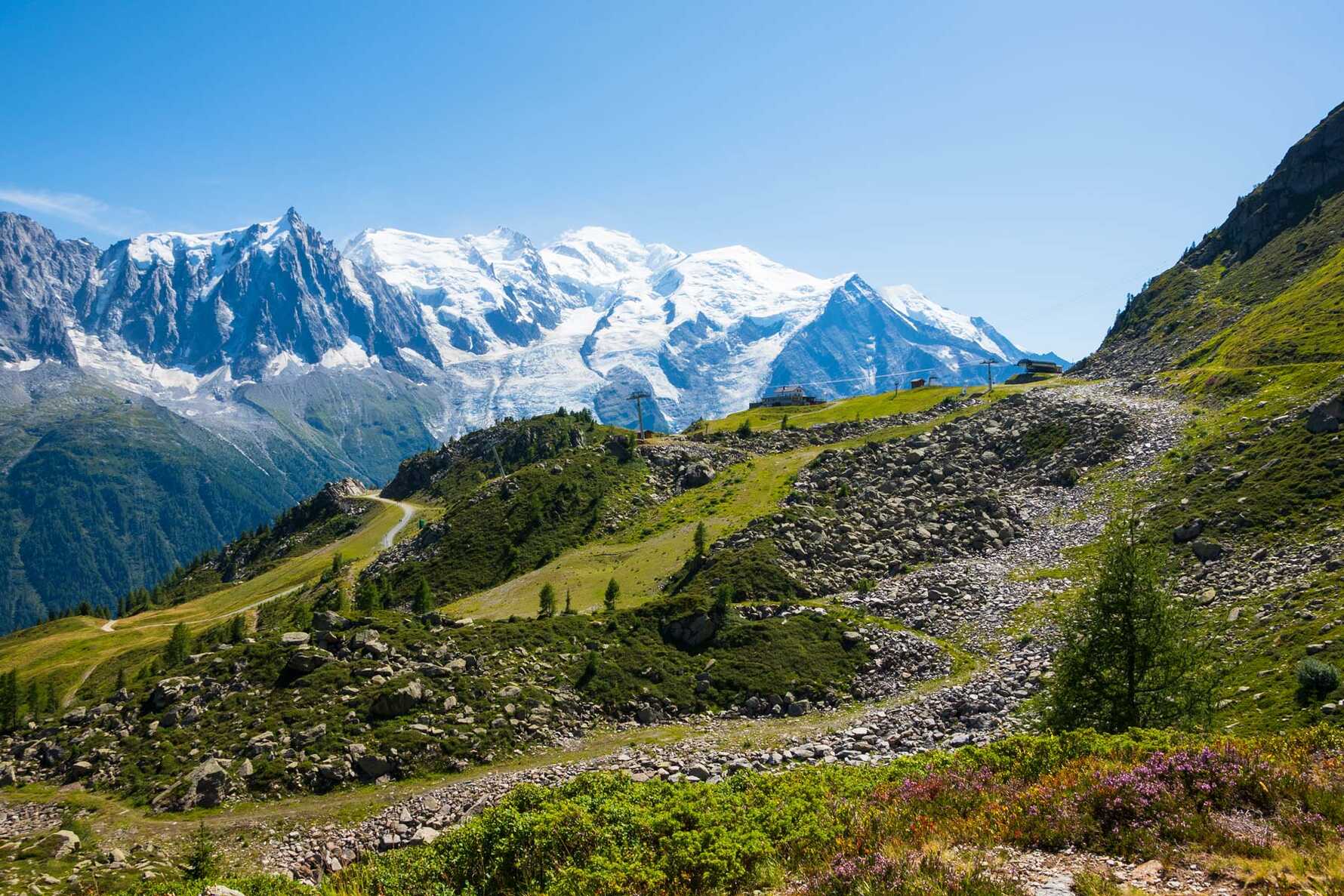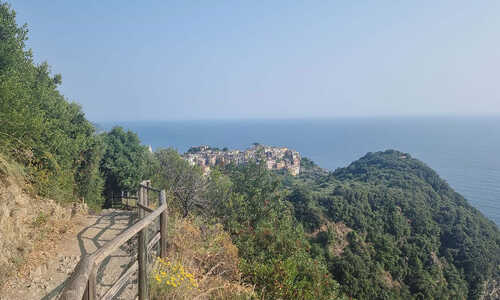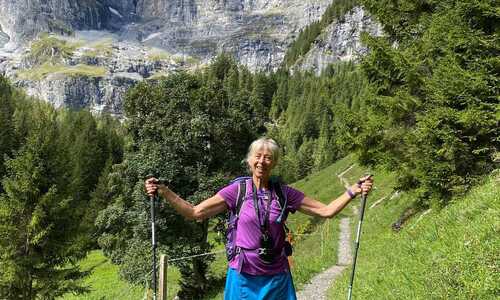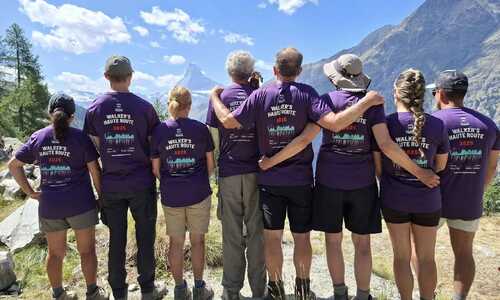25/10/2023
Located in the heart of the French Alps, Chamonix-Mont-Blanc, commonly referred to as Chamonix, is a true wonder of nature. This picturesque town, with its stunning landscapes and world-renowned Mont Blanc, has captivated the hearts of adventurers, mountaineers, and nature enthusiasts for centuries.
But have you ever wondered about the fascinating history and geological processes that contributed to the making of Chamonix? In this blog, we'll explore the remarkable story of Chamonix's creation.
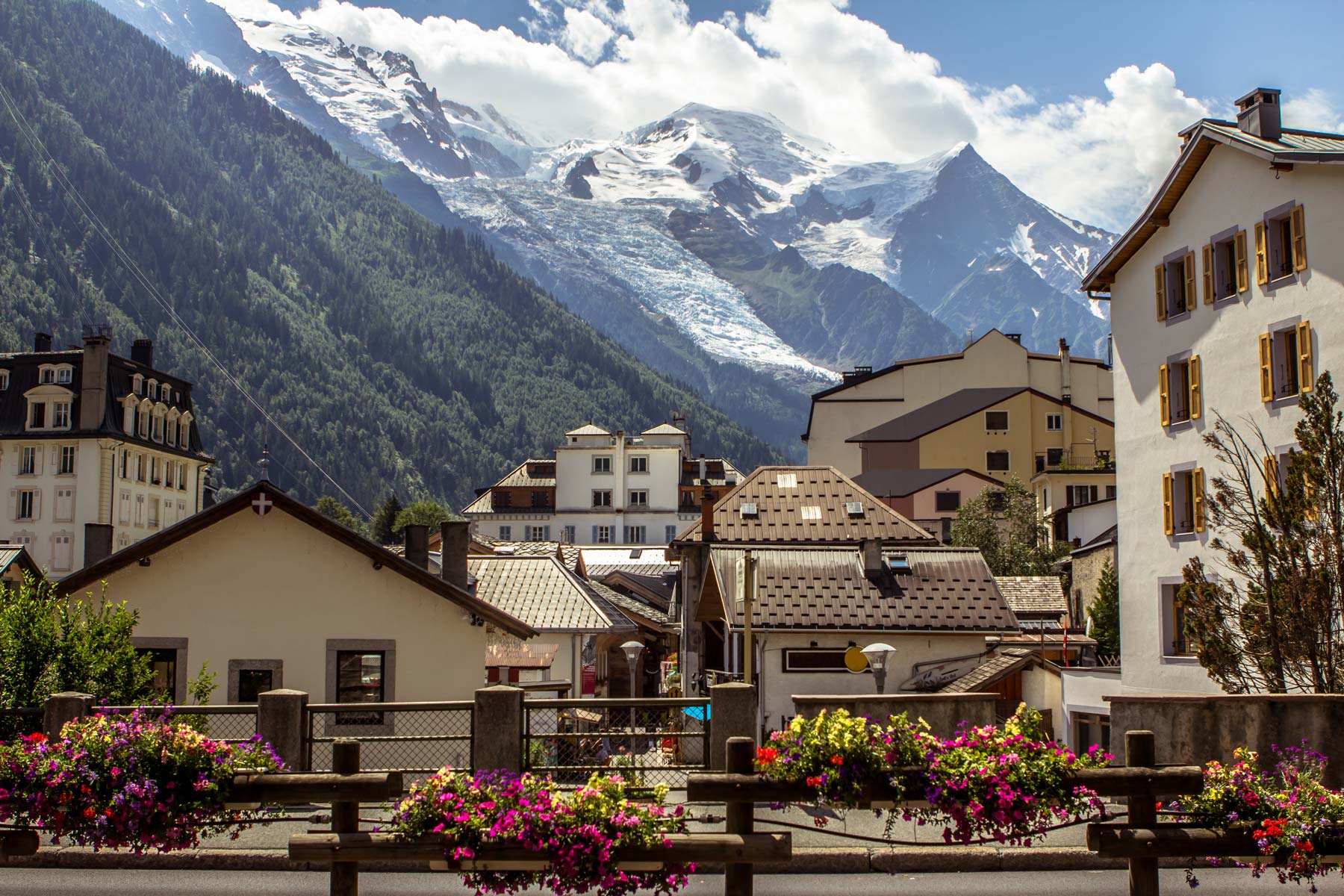
Geological Formation
The story of Chamonix begins millions of years ago when tectonic forces were shaping the Earth's crust. The region we now know as the French Alps was born from the collision of the African and Eurasian tectonic plates. This monumental event gave rise to the Alpine mountain range, including the towering peaks that define Chamonix today.
The crown jewel of Chamonix is Mont Blanc, the highest mountain in Western Europe, standing at 4,808 metres (15,774 feet). Mont Blanc's creation is a result of the immense pressure and movement of the Earth's crust. Over countless millennia, the collision and compression of rock layers led to the formation of this iconic peak, along with the breathtaking valleys and ridges that surround it.
Glacial Sculpting
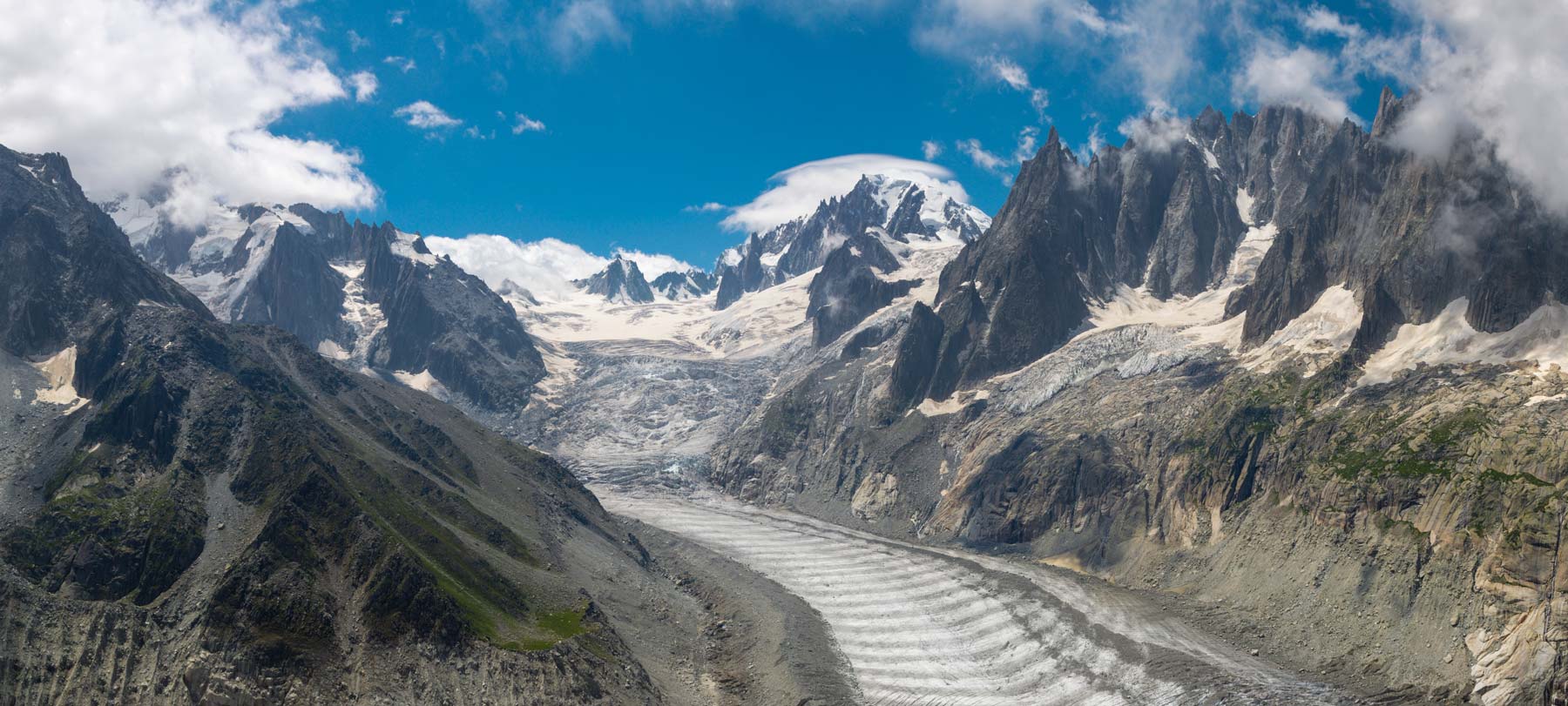
Chamonix's distinctive glacial landscape owes much of its beauty to the work of glaciers over thousands of years. During the last Ice Age, glaciers covered much of the Alps, including the Chamonix valley. These colossal masses of ice acted like nature's sculptors, carving deep valleys, and shaping the jagged peaks that make Chamonix so visually striking.
One of the most famous features created by glacial action in Chamonix is the Mer de Glace, or "Sea of Ice." This massive glacier stretches over seven kilometres (4.3 miles) and is a testament to the incredible power of ice as it grinds away at the underlying rock over time. As the climate warmed, the glaciers began to recede, leaving behind the awe-inspiring topography that now defines Chamonix.
Human Settlement
While the geological and glacial processes were shaping the land, human settlement in Chamonix dates back to ancient times. The earliest inhabitants of the region were Celts and Romans, who recognized the area's strategic and cultural significance. However, it wasn't until the Middle Ages that Chamonix started to take on the characteristics of a thriving mountain community when the Benedictine monks established their priory in the 12th Century. It is now home to the Compagnie des Guides de Chamonix, ski school and Office de Haute Montagne.
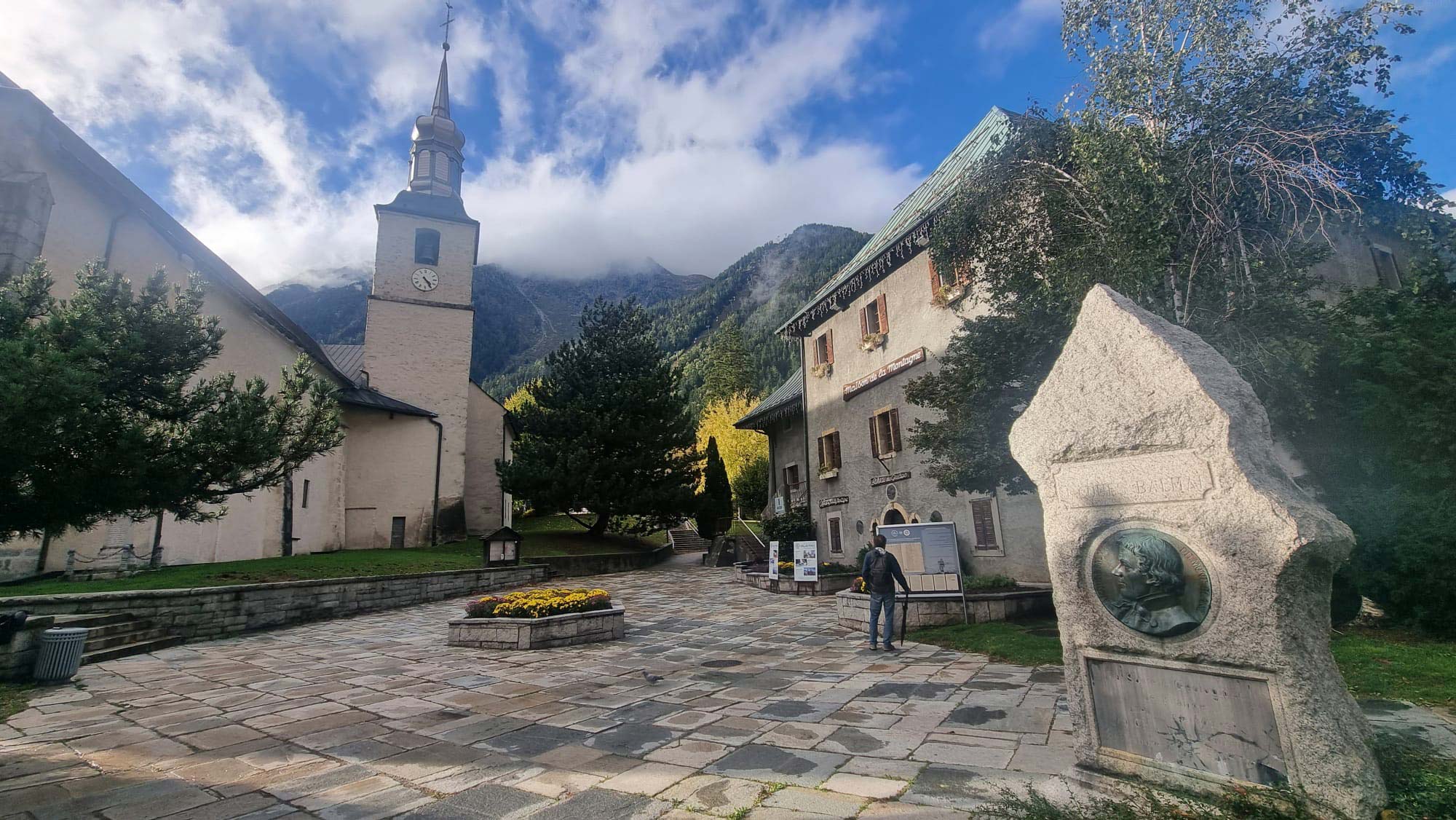
Chamonix's transformation into a tourist destination began in the 18th century, when visitors came to explore the breathtaking scenery and engage in early mountaineering endeavours. In 1741, two English explorers, Windham and Pococke, came upon the 'Chamouny' valley and its majestic glaciers. They encountered a simple community of mountain farmers and a modest monastery, whose livelihood was primarily based on animal farming and the limited cultivation of oats and rye. The first ascent of Mont Blanc by Jacques Balmat and Michel-Gabriel Paccard in 1786 marked a significant milestone in the town's history and solidified its reputation as a hub for alpinism.
In 1875, Isabella Straton, an English pioneer alpinist, was the first person to climb Point Isabella 3,671 metres (12,044 feet) which forms part of the Mont Blanc Massif. She also made the first winter ascent of the Mont Blanc with her future husband, Jean Charlet. Isabella’s high mountain achievements were significant for a female in any era and she became an inspiration and role model to female mountaineers but also the image for the emerging women’s rights to vote movement in England.
You can read about her fascinating story on our blog or in the lobby of the Pointe Isabelle Hotel, owned by Isabella’s descendents.

Evolution into a World-Renowned Resort
Over the centuries, Chamonix evolved from a modest mountain village to a world-renowned resort town. The development of transportation infrastructure, including railways and roads, made it increasingly accessible to tourists. The establishment of ski resorts and the hosting of the first Winter Olympics in 1924 further elevated Chamonix's status as a premier destination for outdoor enthusiasts.

Today, Chamonix is not only a winter sports paradise but also a summer playground for hikers, climbers, and nature lovers. Its charming town centre, surrounded by towering peaks and lush meadows, provides a perfect base for exploring the stunning natural wonders that surround it.
Conclusion
The making of Chamonix is a story that spans millions of years, from the geological forces that shaped its mountains to the transformative influence of human settlement and tourism. This charming alpine town, with its rich history and breathtaking landscapes, stands as a testament to the enduring power of nature's processes and the enduring allure of the French Alps.
Why not come and explore these beautiful mountains with its rich history on a Chamonix bespoke trek with experienced guides or a bespoke self-guided trek?

